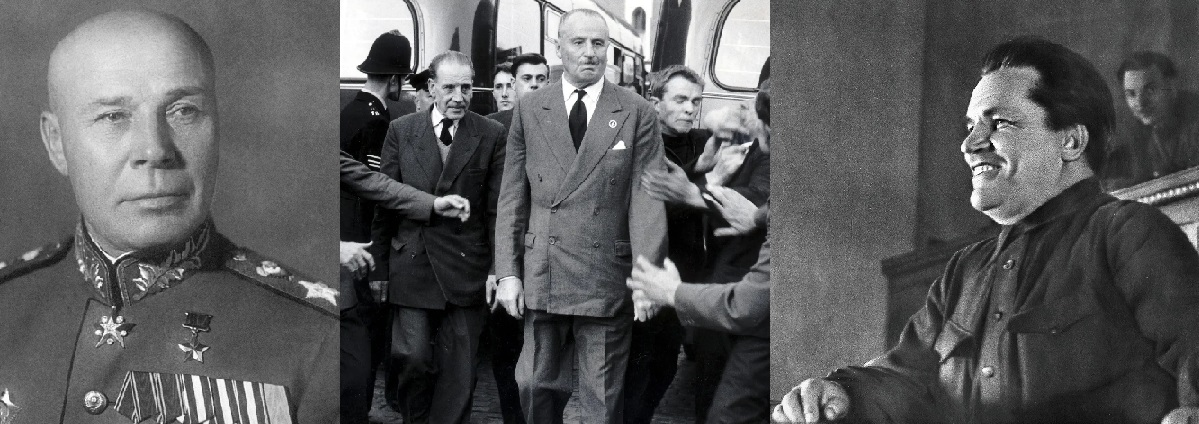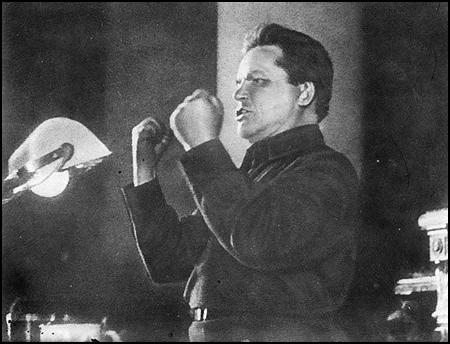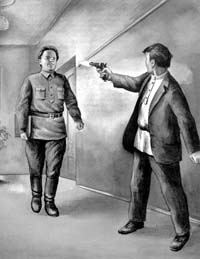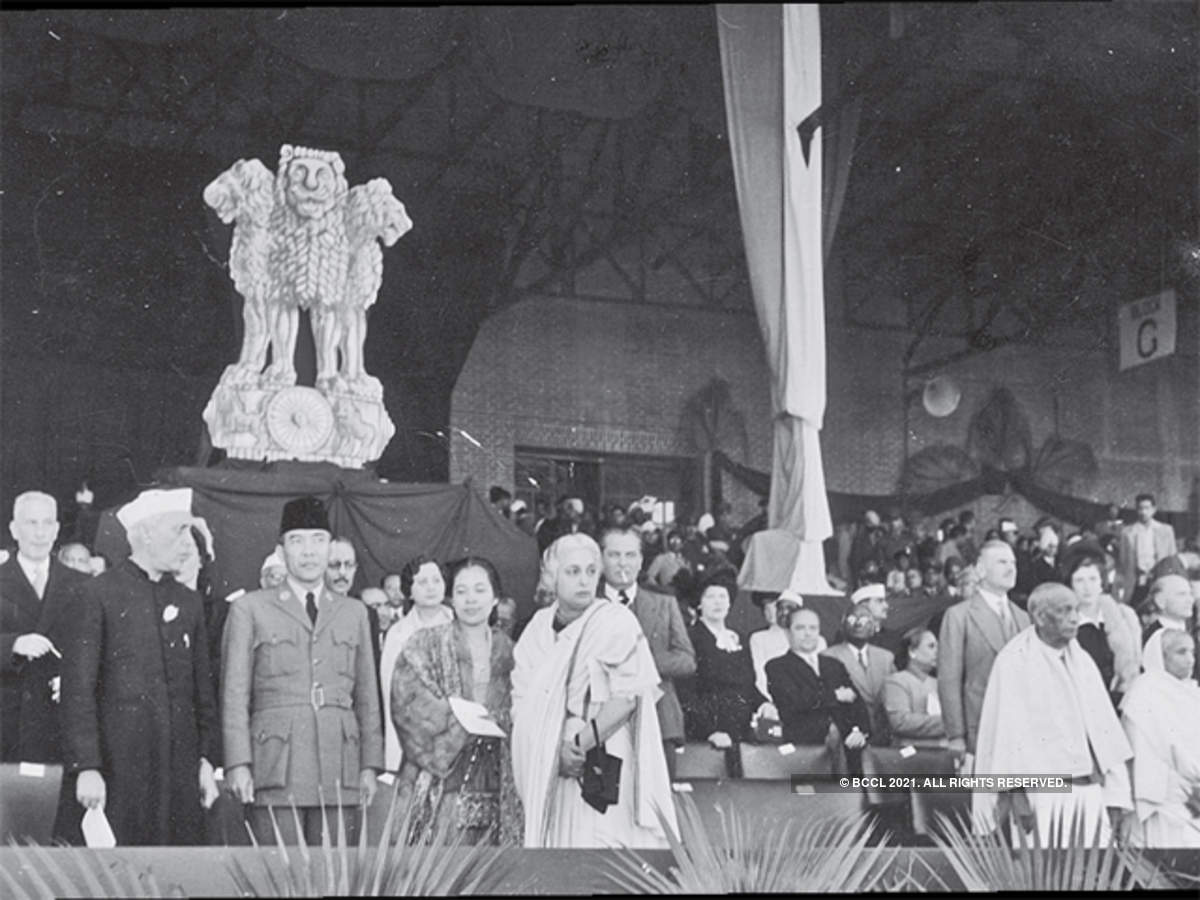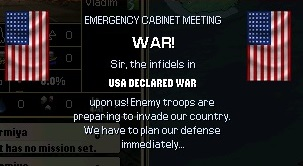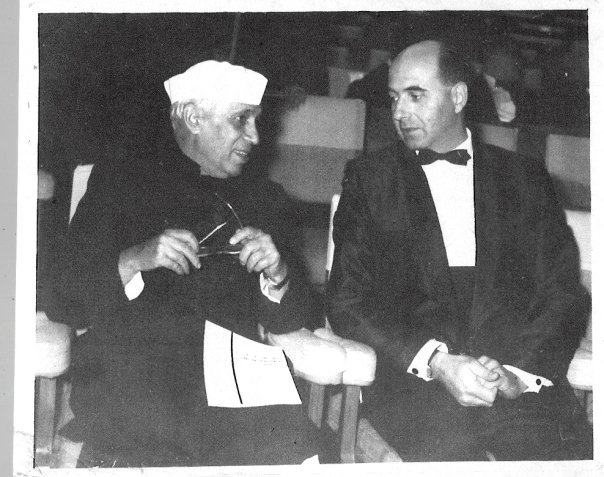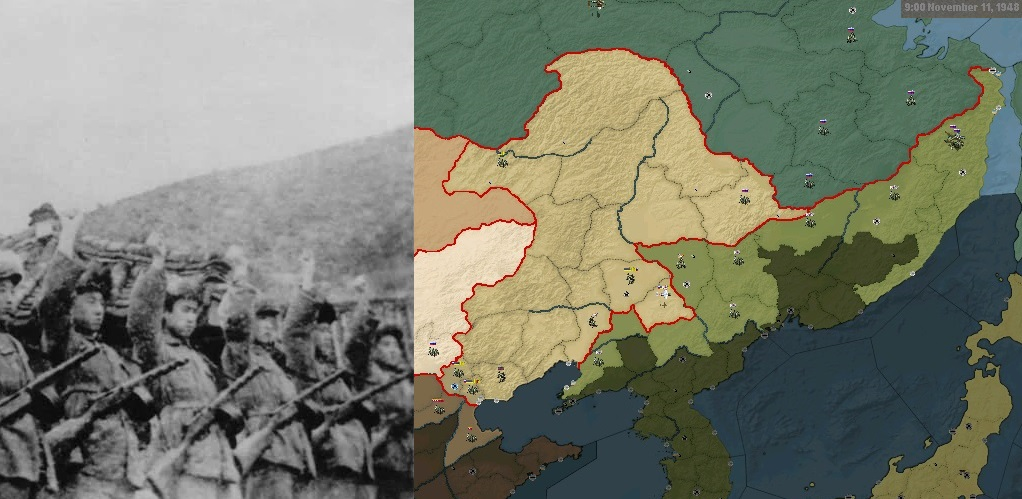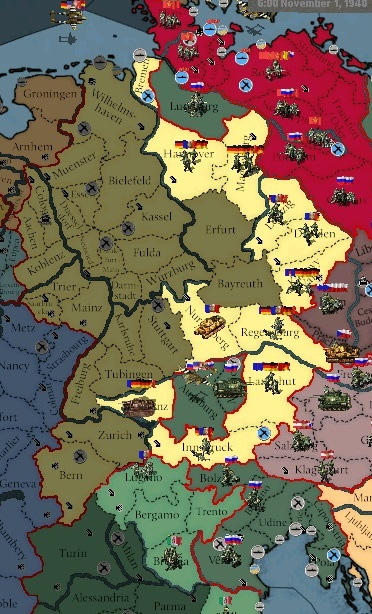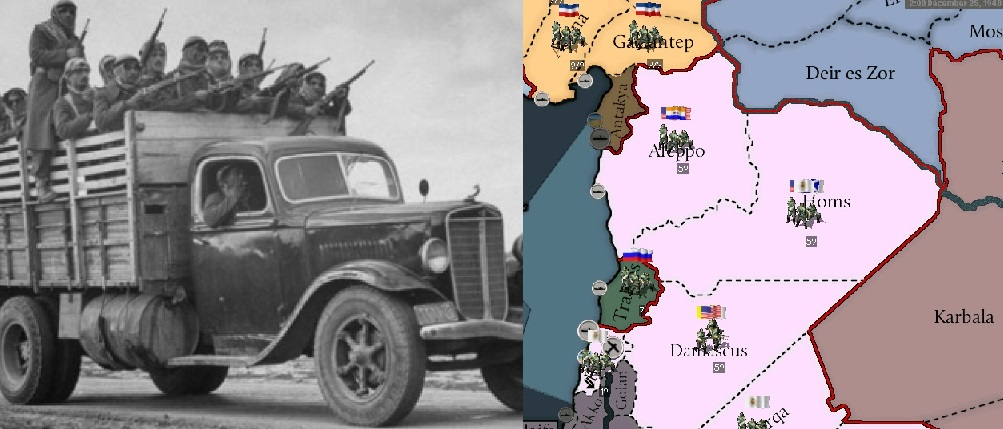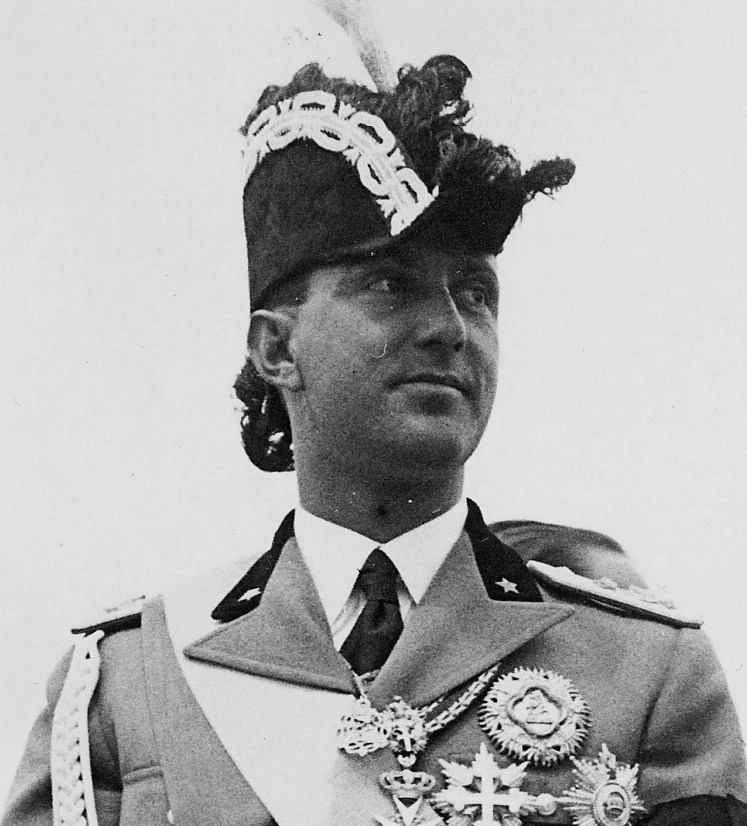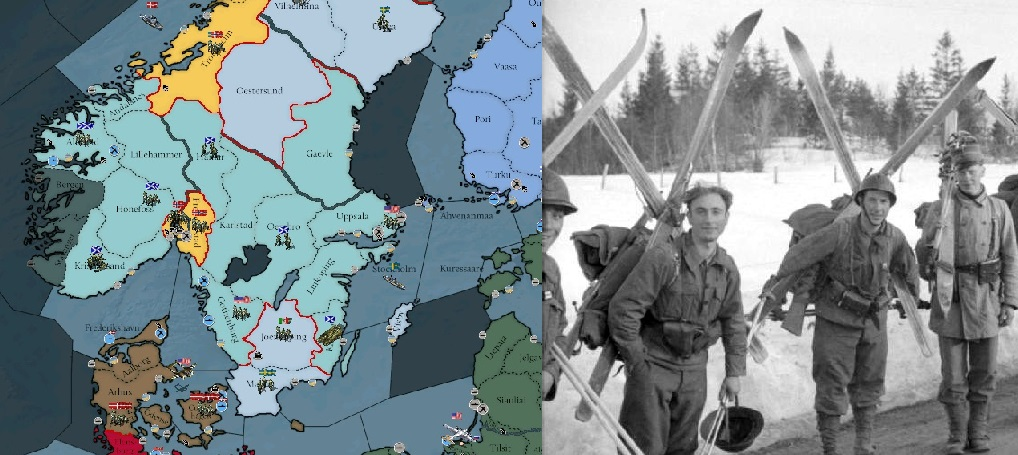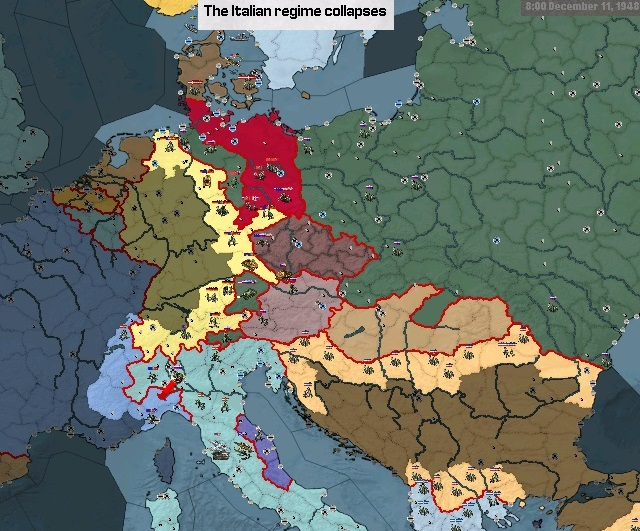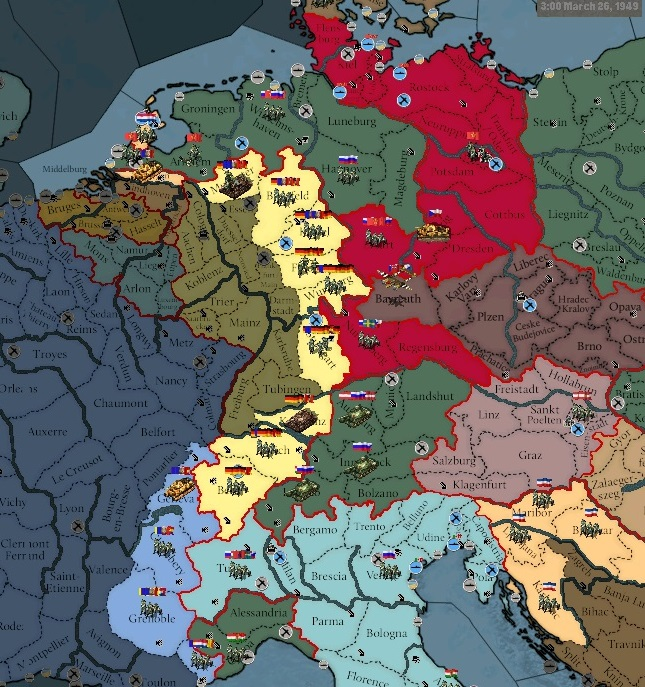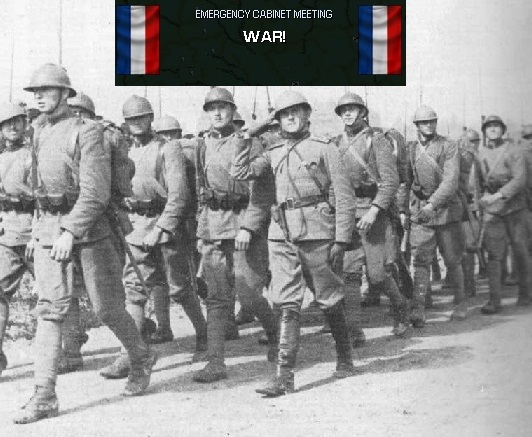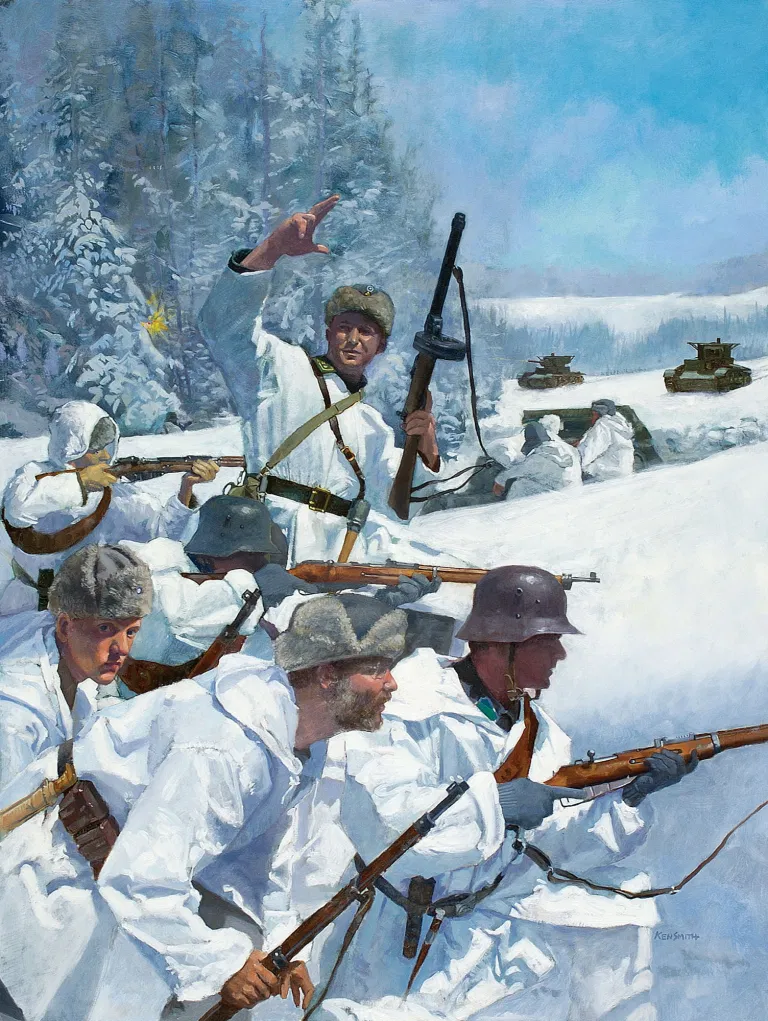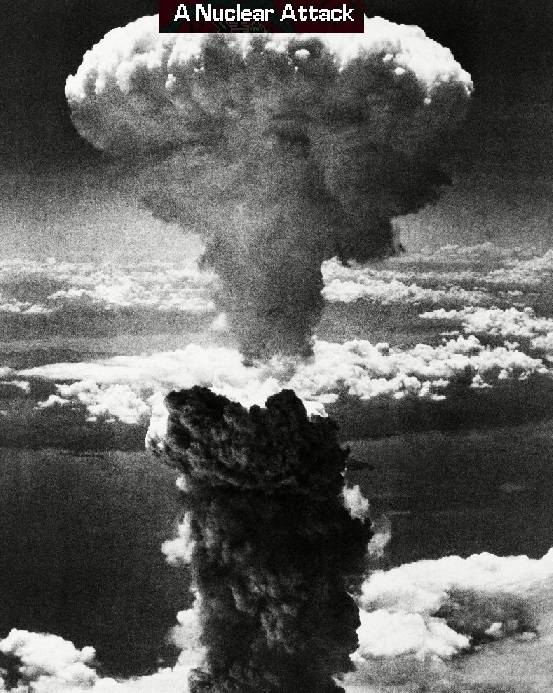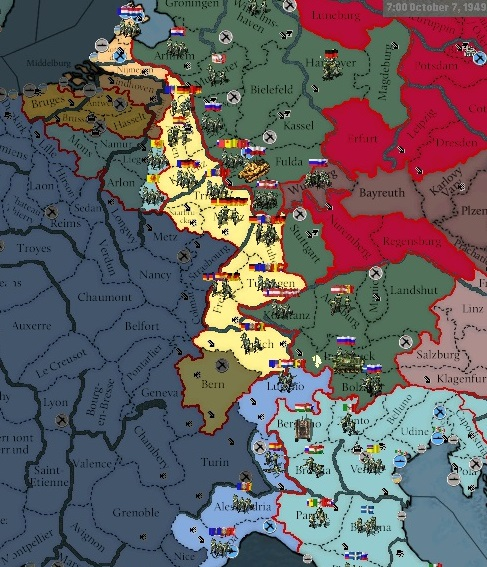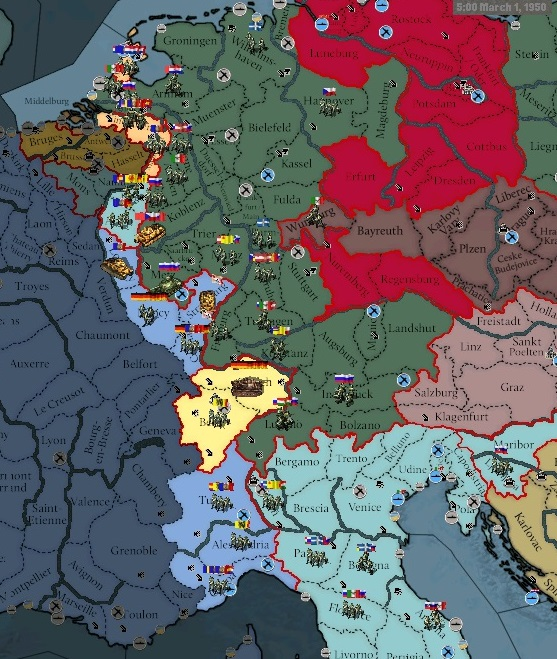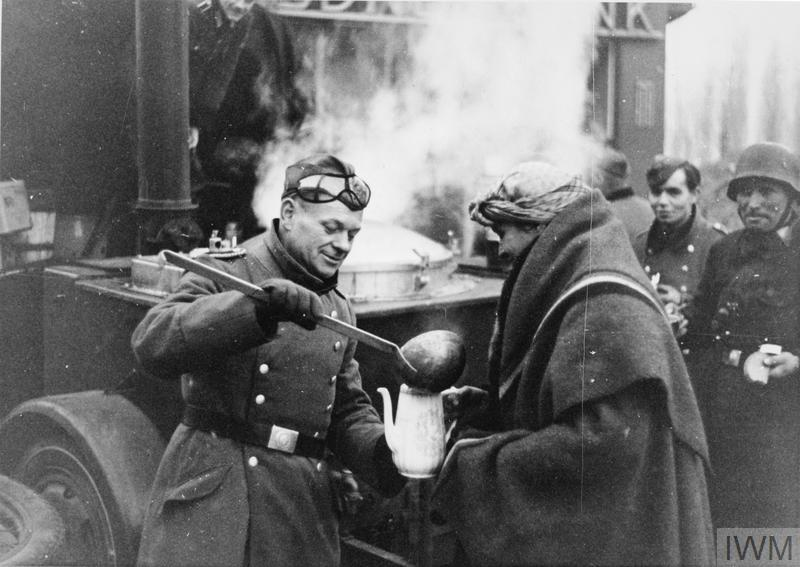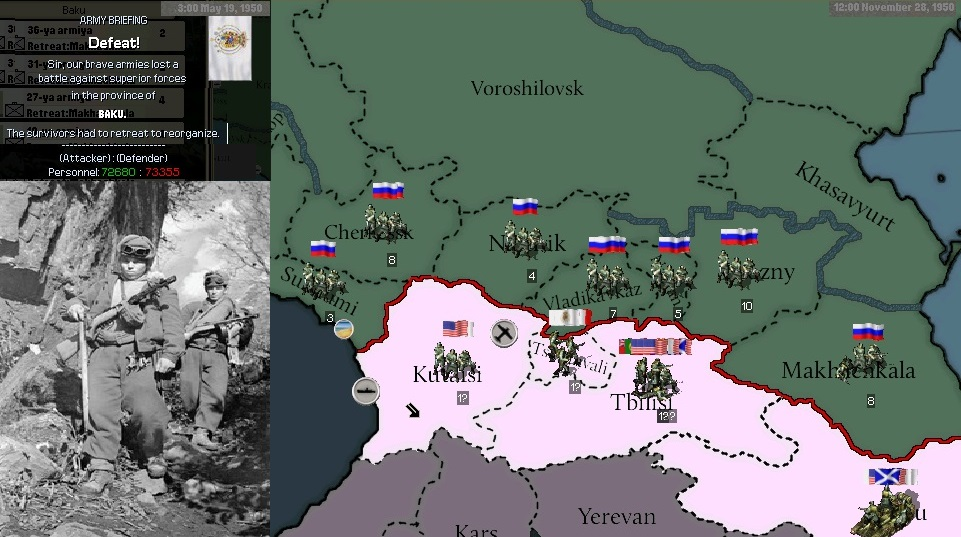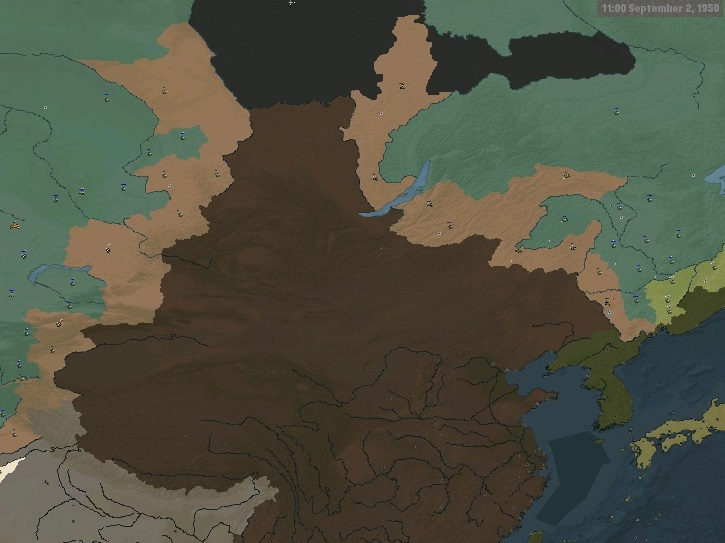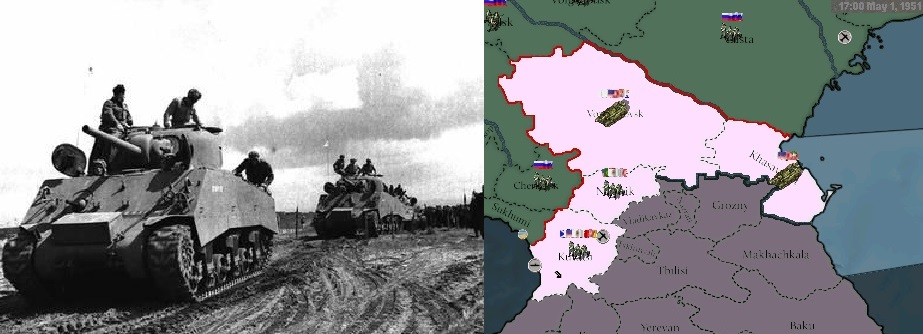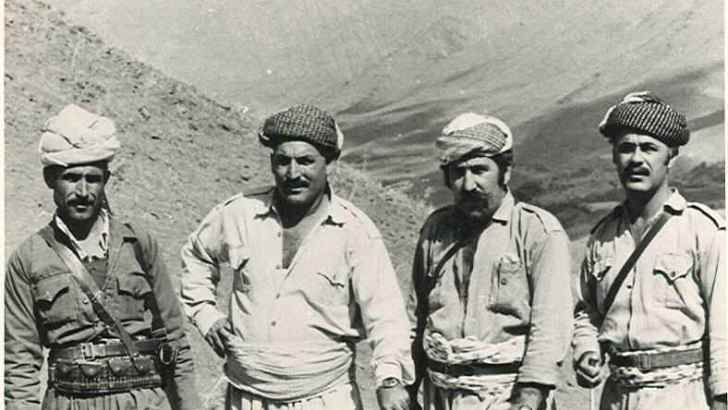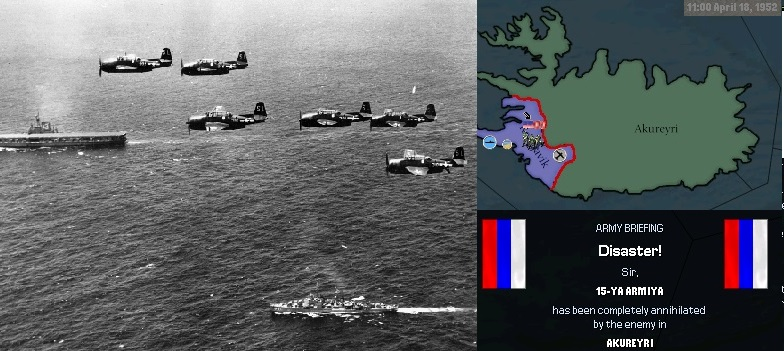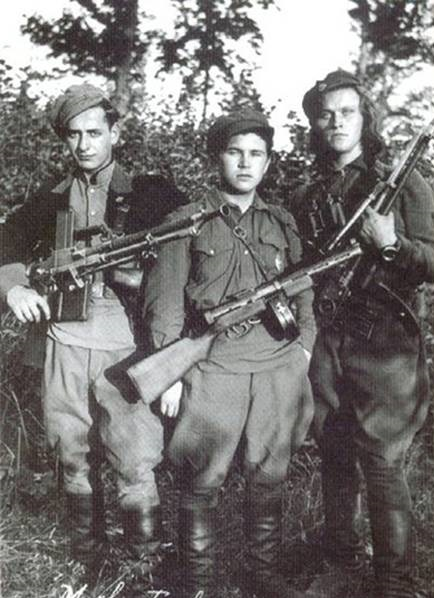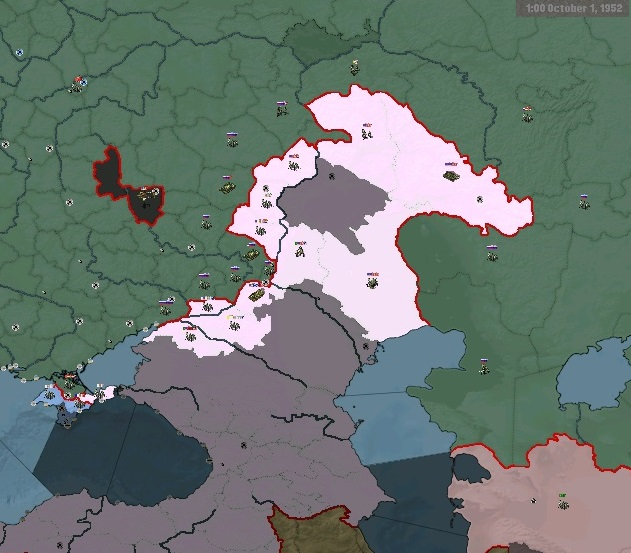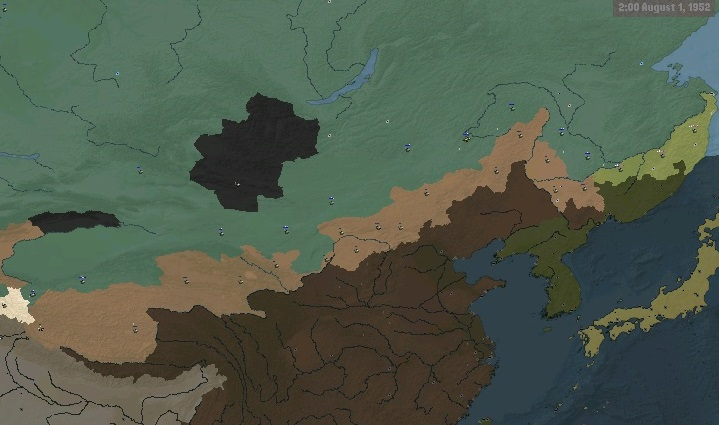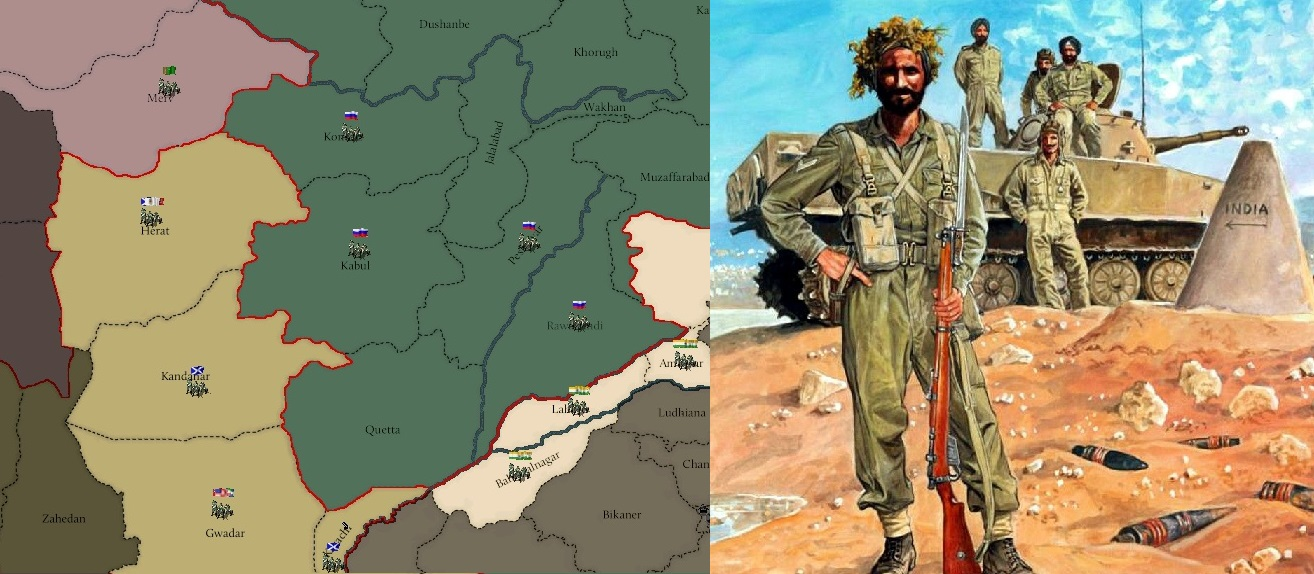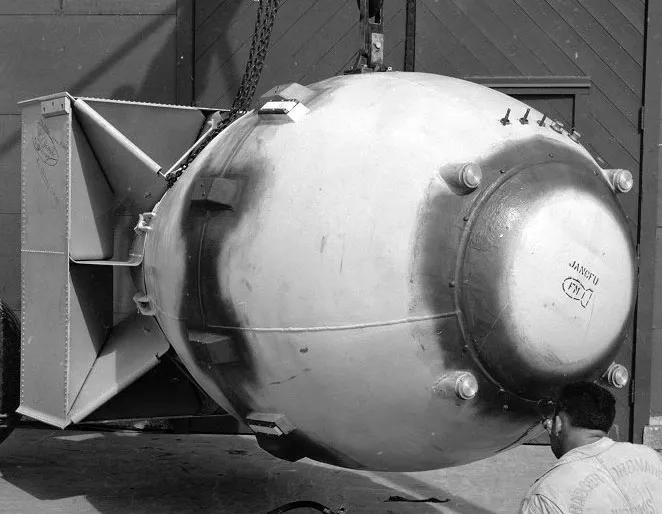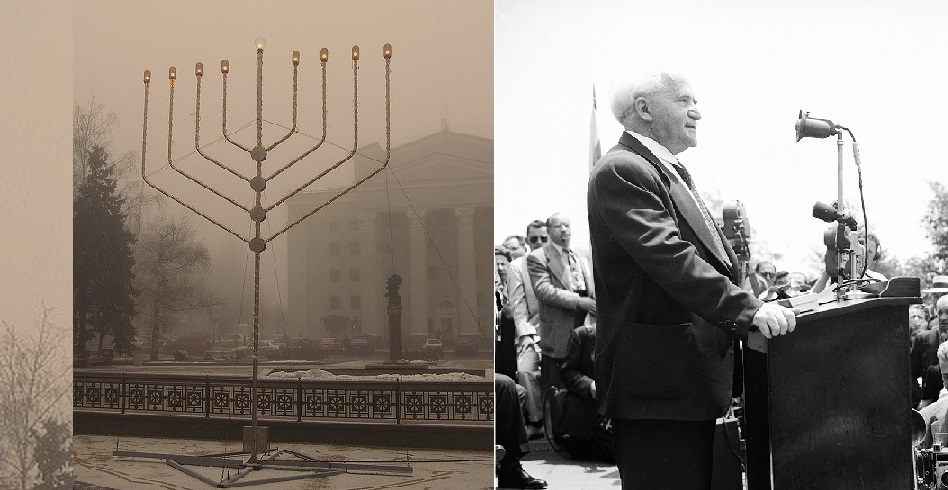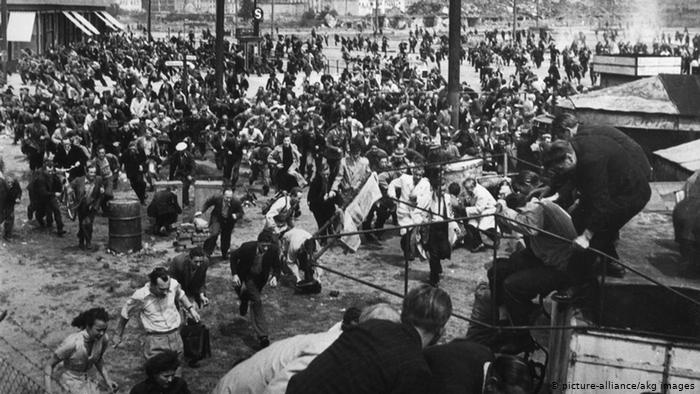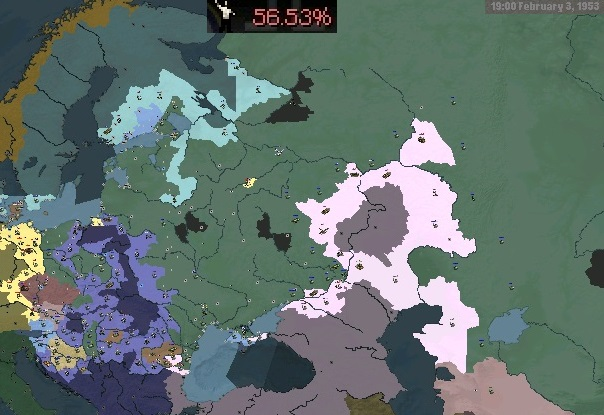A Brief History of Late Modern Poland
Modernity Knocks 1821-1858

Modernity Knocks 1821-1858

In the middle decades of the nineteenth century, Poland lurched forward into the modern world. Having fallen behind the rapidly developing societies of Central Europe from the end of the previous century, there was a clear effort to catch up. Poland became involved in the Great Game, facing down the Papacy for influence and territory across Central Asia and Iran, while also locking horns with its old enemy in the Holy Roman Empire. Poland initially strained under competition from the more advanced nations of the west, yet by the 1850s the seeds of its own industrial revolution were being planted as the first factories and railroads began to appear across the empire and efforts were made to spread education to the masses. Politically too, the empire looked towards the new world. Aping the style of the Europeans, the Tsar surrendered his absolute power to civilian government – appointing the first Prime Minister, Mikhail Brusilov, in 1831. Brusilov oversaw the transition towards constitutional government – establishing an elected Duma in 1840, albeit under a very tightly controlled franchise and, infamously, limiting representation to the predominately Jewish and ethnically Russian European portion of the empire. By the late 1850s political life in the empire was truly beginning to take off with the formation of its first political parties – with the liberal Constitutionalists in 1856 and the clerical-conservative Agudah Yisrael in 1857.
Reform and Reaction 1858-1881


After the 1858 shook the staid conservative dominance of the Duma, robbing them of their majority for the first time, a decade of liberal ascendancy took hold as the Constitutionalists pushed forward with the first extensive attempt to reform the constitution since 1840. The slavery of the Moldavian gypsies was abolished, soon to be followed by serfdom, a degree of local autonomy was granted to minority communities while the franchise was extended to the upper middle classes in 1867. Through this time the Polish right coalesced into the National Alliance that united conservatives and reactionaries into a powerful coalition that swept the liberals from power in 1872 and proceeded to put religion at the heart of education, and Judaism in the soul of the state, at the expense of the empire’s vast minority populations. At the same time, they set off a social revolution in the countryside by establishing a Land Bank that, over the course of decades, allowed millions of former serfs to rise to become peasant smallholders in their own right. Internationally, Poland continued its great rivalry with the Papacy – expanding deeper into Asia and then decisively defeating an alliance between the Pope and Serbs in 1873-74. All the while, it was during this period that the industrial revolution truly took hold – transforming society in a core territory around Moscow, Minsk and Kiev and having feinter echoes across much of European Poland, driven above all by a thriving textile industry.
Rise of the Masses 1881-1901


The final two decades of the century witnessed the arrival of the masses into the forefront of Polish history with the advent of mass politics, communication, labour and conflict. After the fall of the right from power in 1881, Poland entered into a period of political instability in which it alternated between weaker liberal and conservative administrations, each dependent on strained parliamentary coalition. The ability to negotiate these alliances was held back by the increasing assertiveness of minority political leaders – most pertinently Belegunutists, Tatar-Mongol reformists, who pushed the issues of minority rights and the abolition of the Brusilov Line to the centre of national affairs, a movement soon followed by the separatist Turanists. At the same time the rapidly growing urban working class the ongoing industrial revolution had created offered a new challenge to the existing order in the form of organised labour and the socialist movement. Warfare acted as a further catalyst for Poland’s ongoing transformation as the Beijing War of 1883-1886, that pitted Poland against first the Papacy and later the Holy Roman Empire as well, saw mass mobilisation and death on a scale not seen in Europe since at least the Fifty Years War of the eighteenth century, if ever. It was in the aftermath of the war that the 1886 Reform Act dramatically expanded the vote to the majority of the adult male population before a further Act in 1892 extended it to universal manhood suffrage. While economic growth slowed in the 1890s, the decade was overshadowed by the angry politics of identity arising from the Brusilov Crisis. Conservatives harnessed the powers of the crowd, mass media and traditional parliamentary manoeuvre to scupper liberal attempts of abolition in 1893, only to lose power to a socialist-led government in 1896 sworn to reform. Only the outbreak of the Great War in 1897 suspended the struggle. The conflict, that pitched a Holy Roman Empire at the pinnacle of its power against a broad European coalition led by Poland left millions dead, much of the continent devastated and definitively broke the might of Kiev’s ancestral German enemy.
The Golden Decade 1901-1912


Poland emerged from the Great War as the world’s hegemonic power, militarily, economically and diplomatically. At home, this period was dominated by coalitions of progressive parties that governed continuously between 1902 and 1912, with an interlude of liberal-conservative cooperation between 1906 and 1908. These parties drastically changed Polish society – establishing a welfare state, introducing secularising reforms to education, granting woman the right to vote on the same basis as men, supporting the rights of ethnic minorities and, most prominently of all, abolishing the Brusilov Line to offer representation to all subjects of the empire equally. For all these grand reforms, economics overshadowed the period. The decade after the Great War was defined by a tremendous economic boom that drastically improved living standards across Poland. Already beginning to taper off by the last years of the 1900, the period of expansion was cut painfully short by the 1909 crash – as a rural financial crisis brought the wider economy crashing into recession. In the hard years after 1909, the progressive postwar consensus came under concerted attack from a right wing movement committed to destroying it.
The Radical State 1912-1931


In the 1910s Poland’s vibrant democracy fell into the abyss. In 1912 a radicalised conservative government came to power committed to tearing up the changes of the postwar era and closely allied to the far right Radical Republican Party and their leader Boris Makarov – most importantly by reinstating the Brusilov Line. Over the course the next two years the Radicals overtook the conservatives to become the leading force behind the political right – winning a plurality of votes and seats in the 1914 election. With the Radicals alongside an increasingly extreme Trudovik party achieving a majority in the Duma, the Tsar attempted to organise a coup d'etat to install a moderate government. This effort collapsed as the Radicals seized power following the March on Kiev, as blackshirts descended on the capital, the Tsar was captured and Poland fell into a civil war pitting the Radicals against recalcitrant Tsarists and revolutionary socialists. After achieving victory, the Radicals consolidated a dictatorship moulded in their own image – abolishing the Tsardom and establishing the Russian Republic of Poland in 1917. Over the next decade and a half they strived to construct a totalitarian regime in which the state dominated society, and Russian supremacy was guaranteed. The most overt expression of state and ethnic power was the Felaket of 1926-1929 that saw the regime forcibly expel around 15,000,000 Tatars and Mongols from the European portion of the Republic, attempting to resolve centuries of struggle between Slaves and the peoples of the Steppe over these lands. Growing internationally isolated, the regime was badly shaken by a new economic crash in 1929 that was followed by widespread industrial dissent and a major Tatar rebellion – gravely undermining faith in Makarov’s dictatorship.
Last edited:
- 6




















































































